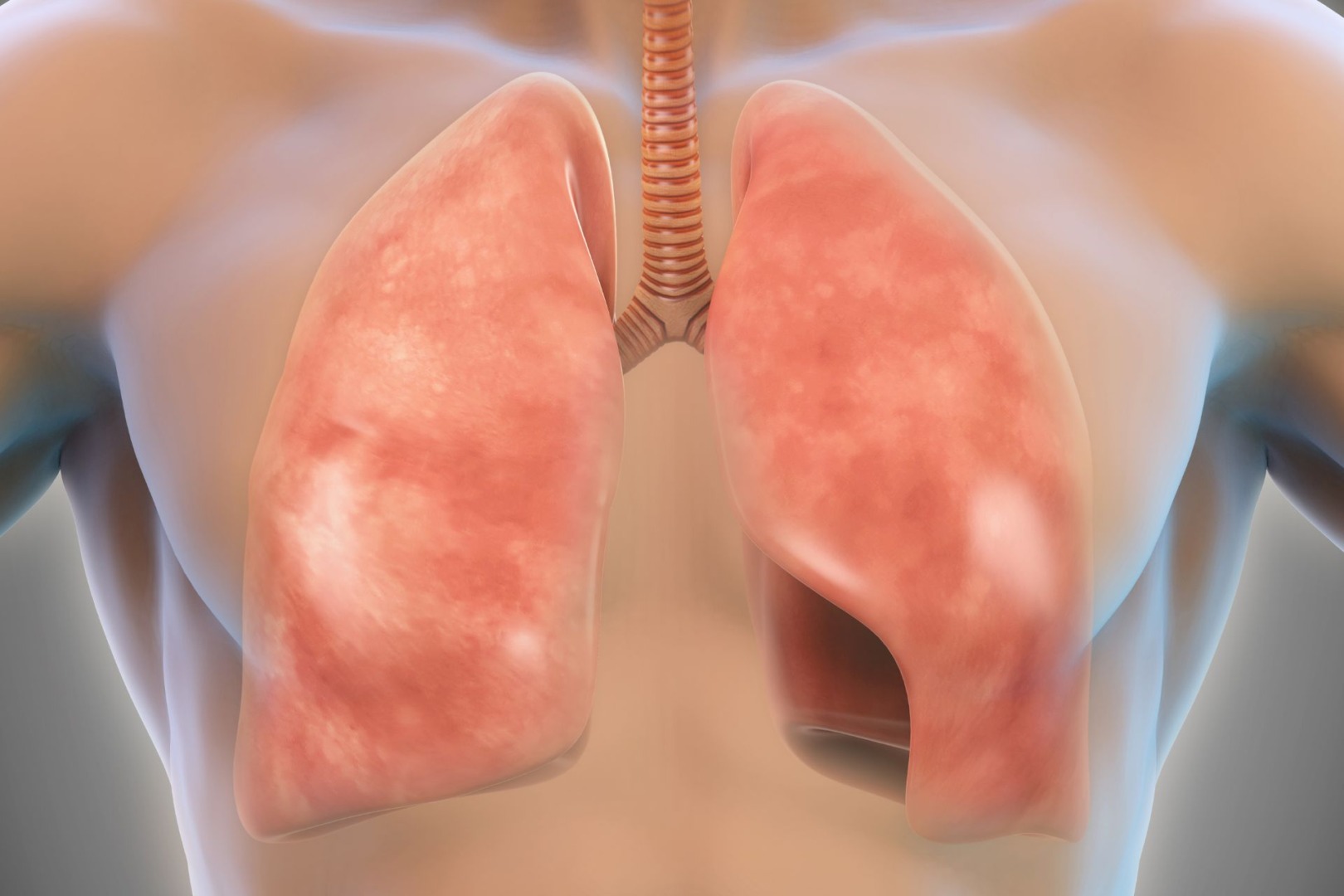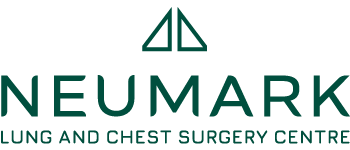The human body is a marvel of biological engineering, but like any complex system, it can sometimes falter. In respiratory health, few conditions are as persistently challenging as recurrent pneumothorax. At Neumark Lung & Chest Surgery Centre, our thoracic surgeons have seen firsthand the impact this condition can have on patients’ lives. It’s not just about the immediate medical emergency, it’s the lingering worry, the disruption to daily life.
Will It Happen Again?
Pneumothorax occurs when air enters the space between the lung and chest wall, causing the lung to collapse. This can either be caused by an external incident, like a fall or crash, making it ‘acquired pneumothorax’, or it can arise out of seemingly nothing, making it ‘spontaneous pneumothorax’. When either of these happens more than once, we enter the territory of ‘recurrent pneumothorax’.

The statistics are sobering. Without intervention, up to half of patients may experience a second episode within five years of their first. This high recurrence rate underscores the importance of understanding the condition and exploring effective treatment options for recurrent spontaneous pneumothorax.
Several factors can contribute to recurrent pneumothorax. Underlying lung conditions like COPD or cystic fibrosis are all recurrent pneumothorax causes, as are genetic predispositions. Lifestyle factors, particularly smoking, significantly increase the risk. Sometimes, incomplete healing from a previous episode leaves the lung vulnerable to future collapses. Similarly, an operation for spontaneous pneumothorax can potentially lead to pneumothorax recurrence after surgery if the underlying causes aren’t recognised. Recognising these factors is crucial in developing effective prevention strategies and treatment plans and reducing patients’ spontaneous pneumothorax recurrence rates.
Symptoms and Factors of Recurrent Pneumothorax
The recurrent pneumothorax symptoms often mirror the initial episode: sudden, sharp chest pains, shortness of breath, a dry cough, and a rapid heart rate. However, patients who’ve experienced multiple episodes often become more attuned to subtle changes in their breathing.
This heightened awareness can be both a blessing and a curse. While it may lead to earlier medical intervention, it can also cause significant anxiety, with patients constantly on alert for signs of another collapse.

Managing this condition is key to learning how to prevent pneumothorax recurrence. While it’s not always possible to eliminate the risk, several strategies can significantly reduce it:
- Smoking cessation is the single most important step patients can take towards recurrent pneumothorax prevention.
- Lifestyle modifications, such as avoiding activities that dramatically change air pressure – like scuba diving or unpressurised air travel – can also help.
- Optimising the treatment of underlying lung conditions is crucial for patients with these conditions. That’s why surgical intervention may be recommended for recurrent pneumothorax treatment to prevent future episodes.
Treatment Approaches for Recurrent Pneumothorax
When a pneumothorax does recur, treatment approaches vary depending on the frequency and severity of episodes and the patient’s overall health.
For small, asymptomatic recurrences, observation and oxygen therapy might suffice. Larger or more symptomatic episodes may require needle aspiration or chest tube insertion, similar to the treatment of an initial pneumothorax. While sometimes necessary, it’s important to have a surgeon you trust when conducting a chest tube. If done improperly, it’s possible that an infection arises or weakness develops, leading to recurrent pneumothorax after chest tube removal. In some cases, chemical pleurodesis – introducing an irritant into the pleural space to create adhesions – can reduce the risk of future collapses.
In recent years, the field of thoracic surgery has seen significant advancements in recurrent spontaneous pneumothorax treatment. Uniportal Video-Assisted Thoracoscopic Surgery (U-VATS) is one of the most groundbreaking developments. This minimally invasive technique has revolutionised how we approach recurrent pneumothorax, offering several advantages over traditional open surgery.
U-VATS allows surgeons to perform complex procedures through a single small incision. The benefits are numerous: less postoperative pain, faster recovery times, excellent visualisation of the entire pleural cavity, and the ability to perform multiple interventions in one go.

For example, during a U-VATS procedure, surgeons can identify and remove blebs or bullae (air-filled sacs on the lung surface that can rupture and cause pneumothorax), perform a pleurectomy (removal of part of the pleural lining to promote adhesion between the lung and chest wall), and even apply mechanical pleurodesis (a procedure performed to remove the pleural space to prevent recurrent pneumothorax and to treat a persistent pneumothorax).
The precision and comprehensiveness of U-VATS make it particularly effective in reducing the risk of pneumothorax recurrence after surgery. Studies have shown significantly lower recurrence rates with U-VATS procedures than more conservative treatments.
Recovery from recurrent pneumothorax, especially after surgical intervention, requires patience and careful follow-up. While the risk of recurrence is significantly reduced after surgery, it’s not eliminated. Patients are typically advised to attend all follow-up appointments for chest X-rays and lung function tests, remain vigilant about any new chest symptoms, and continue with lifestyle modifications to support overall lung health.
The psychological impact of recurrent pneumothorax shouldn’t be underestimated. Many patients benefit from counselling or support groups to manage the anxiety associated with the possibility of recurrence. As healthcare providers, we must address not just the physical aspects of the condition but also the emotional and psychological toll it can take.
While challenging, recurrent pneumothorax is a manageable condition with the right approach. As our understanding grows and surgical techniques advance, the outlook for patients continues to improve. The key lies in a comprehensive approach: early recognition of symptoms, prompt treatment, effective prevention strategies, and, when necessary, state-of-the-art surgical interventions like U-VATS.
Combining these elements with ongoing patient education and support can help those affected by recurrent pneumothorax breathe more physically and metaphorically. As we look to the future, the continued collaboration between researchers, clinicians, and patients will undoubtedly lead to further improvements in preventing and treating this complex condition.
For now, those living with or at risk of recurrent pneumothorax can take comfort in knowing that with current management strategies and surgical techniques, the air is clearing for a brighter, more breathable future.

